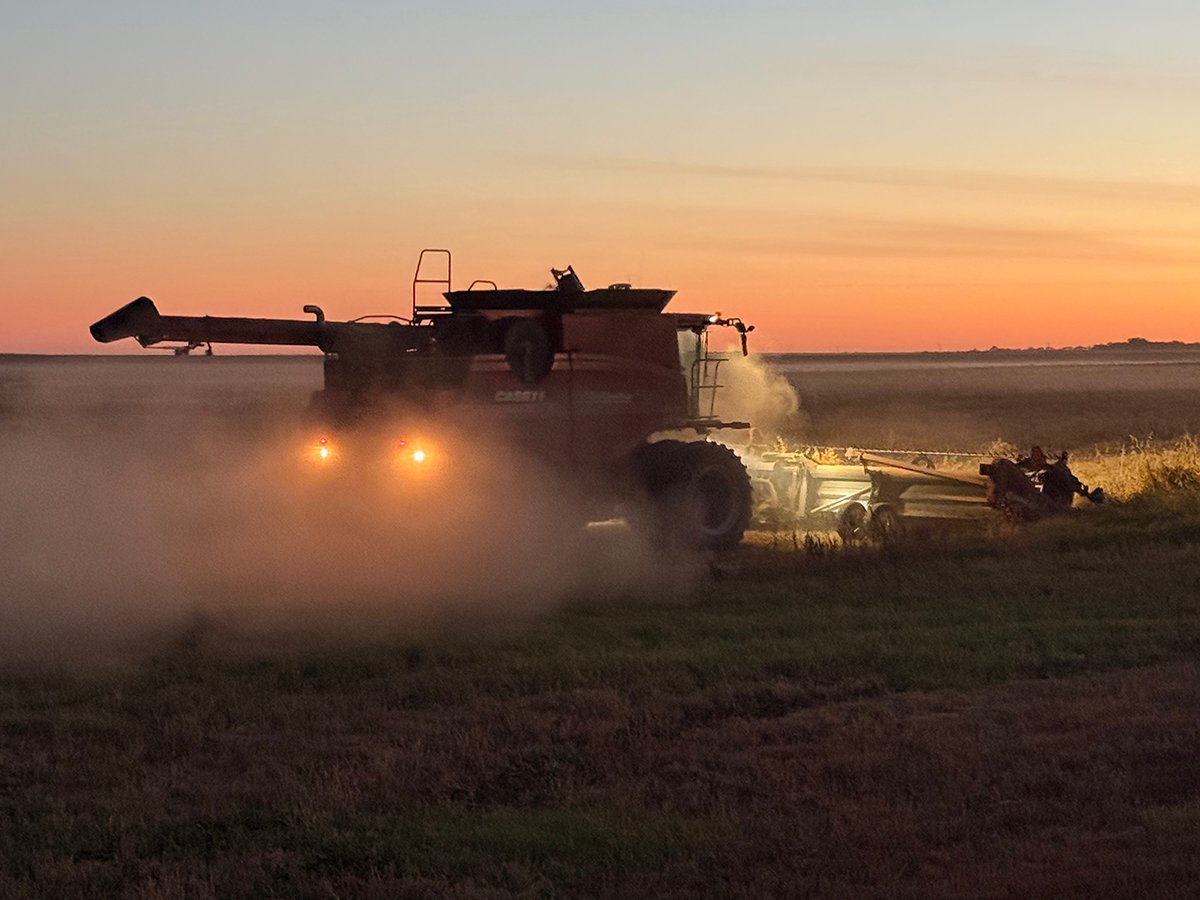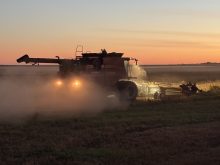Most businesses in Canada are likely familiar with filing goods and services tax returns.
If they sell products to which GST applies, they must collect this amount from their customers and remit it to the government. When they make an expenditure on which they pay GST, they can deduct the GST they have paid from the amount that they must remit.
These are known as input tax credits. Agricultural goods are often zero rated, which means they are subject to GST at zero percent.
Although many farm sales are zero rated, there may still be cases where producers would be required to collect GST, such as on the cash rent of land, sale of certain equipment and the sale of land, although there are special rules for land sales in which GST may not have to be collected, paid and claimed.
Read Also

Downturn in grain farm economics threatens to be long term
We might look back at this fall as the turning point in grain farm economics — the point where making money became really difficult.
Businesses that charge GST for their products or services but don’t have many input tax credits can benefit by filing their GST returns using the “quick method.” An example would be a farm business that consists entirely of renting farm land to others.
It is simply a different way for small businesses to calculate the GST that would have to be remitted to the government.
Under the quick method, instead of keeping track of all of the GST that a business has charged and paid, and then remitting the difference, a prescribed rate applied to sales is used to determine the amount it will have to remit.
There are exceptions, such as the purchase of equipment, which would allow a farm to claim the full GST paid on certain items.
Here is an example of how to use the quick method.
Dave (a GST registrant) rents out farmland in Alberta. The rental income was $60,000 this year and therefore he collected $3,000 in GST from his renters. His expenses this year were $2,000, on which he paid $100 for GST.
Under the traditional GST rules, Dave would have to remit $2,900 ($3,000 – $100) to the government. Under the quick method of calculating GST, Dave would have to remit about $2,000 in GST, resulting in a cash savings of $900.
To use the quick method, businesses must file an election with the government. This form can be found on the Canada Revenue Agency website or farmers can talk to their tax professional.
Most traditional farming businesses would not benefit from the quick method because the goods they sell are zero rated, which means there is no GST to collect and remit. They are able to claim the GST they have paid, which normally results in a refund.
However, if for example a farming business consists entirely of land rent and does not have significant expenses, this method may be the right one.
Since every businesses situation is different, I recommend that producers seek professional advice to ensure they are making the correct decisions to make their GST calculation work for them.
Colin Miller is a chartered accountant and senior manager in KPMG’s tax practice in Lethbridge. His opinions do not necessarily reflect the views of The Western Producer. He can be reached at 403-380–5707 or by e-mail at colinmiller@kpmg.ca.
















